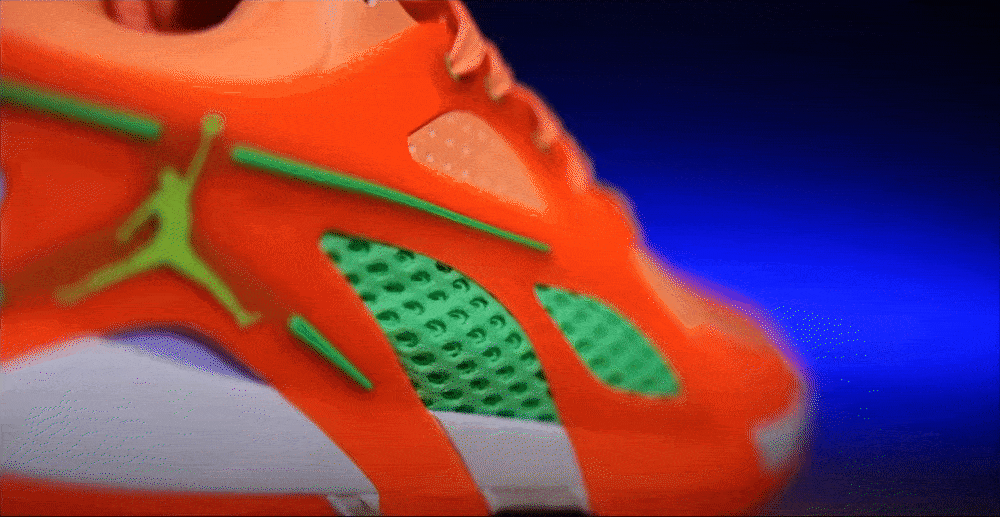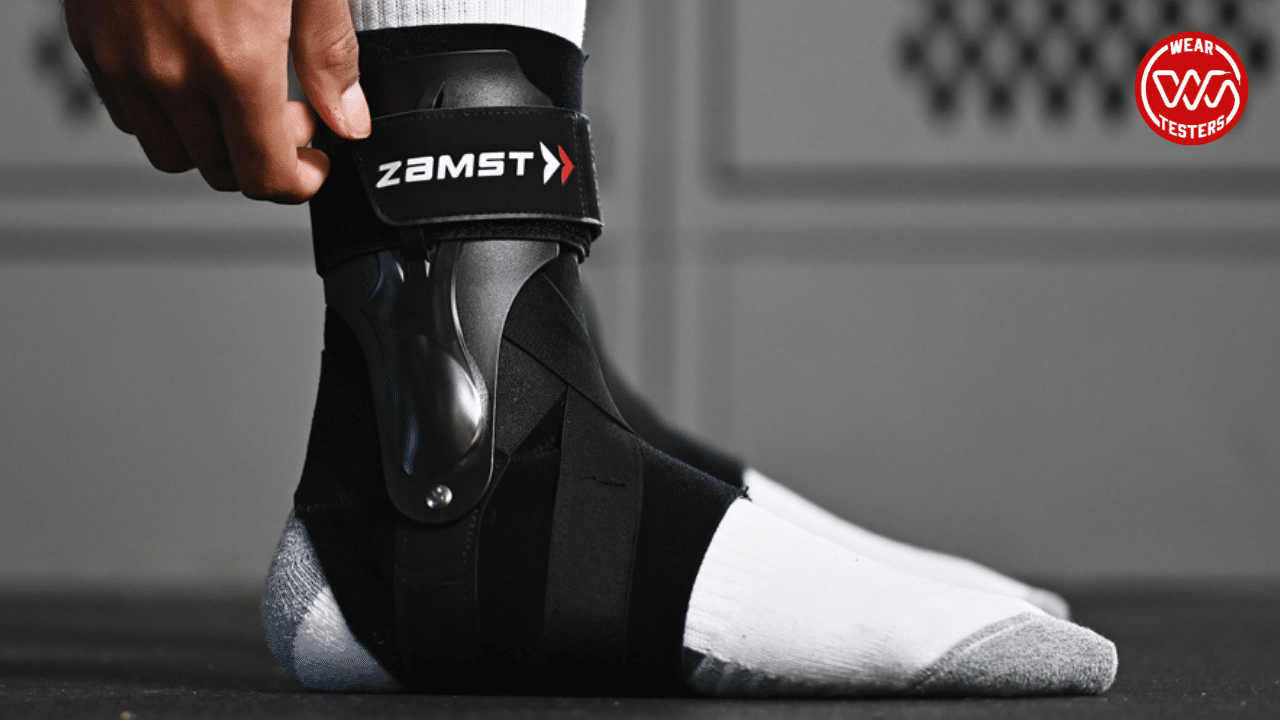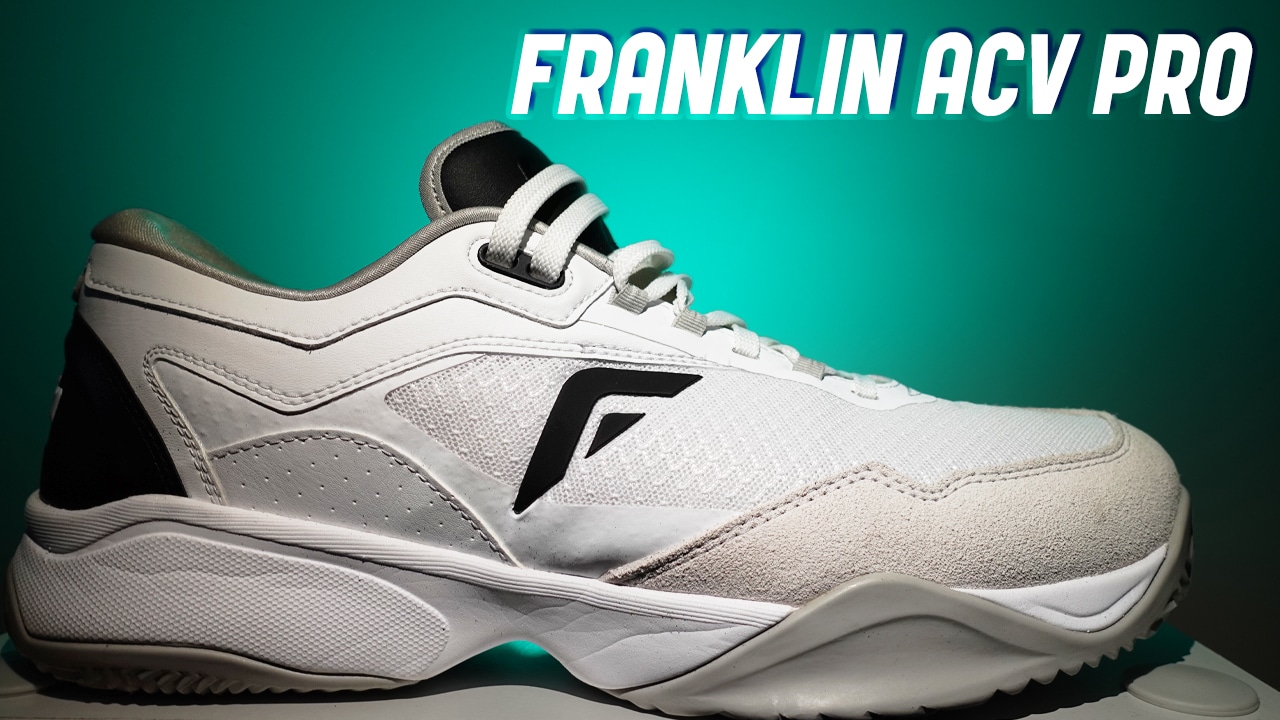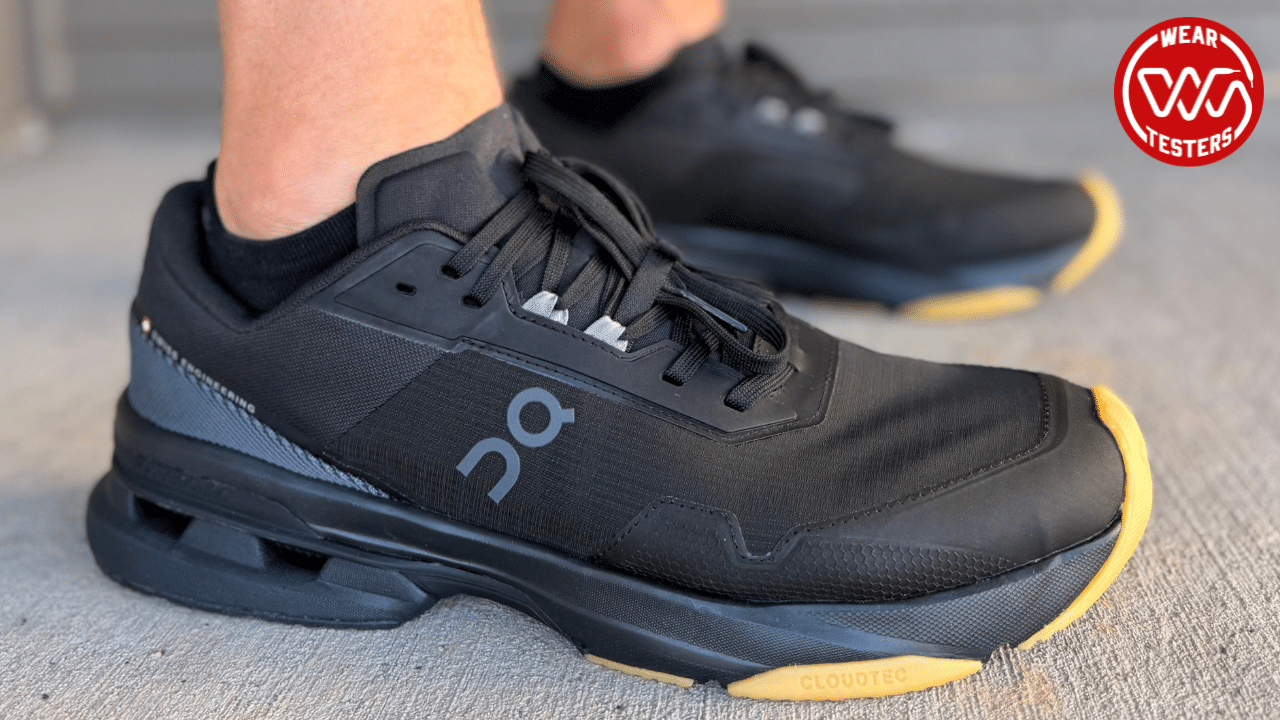Jordan Heir Summary
Jordan Brand has produced several duds of late, but the Jordan Heir might just break the brand’s losing streak. But why does it have a drop-in midsole?
Pros:
- Very reasonable price
- Decent materials
Cons:
- Non-interchangeable drop-in midsole
- Minimal cushioning
Jordan Brand is in a slump. The Jordan 39, the Zion 3, the Tatum 2, and the Luka 3 have all been disappointing performance models, to say the least. And the fact that the brand’s best shoe to date is a low-priority budget model like the Jordan Heir says a lot. There are several polarizing aspects of this model; but, all in all, it turned out to be a very solid hoop shoe.
One especially surprising feature of this shoe is its drop-in midsole cushioning setup. The only reason to use a drop-in midsole is to be able to customize the performance of the shoe to fit your on-court needs. But, unlike the drop-ins we have seen from Serious Player Only, in the Puma All Pro Nitro Elite, and in the Puma Stewie 3, this one is not interchangeable with other Nike or Jordan Brand drop-ins — which is very confusing. Why not just use a traditional midsole if there are no other compatible drop-in options available?
Whatever the case may be, the Jordan Heir is still a decent basketball shoe. So let’s jump into the review and see how the shoe performed on court.
Jordan Heir Show
Jordan Heir Review
Jordan Heir Tech Specs
Jordan Heir Traction
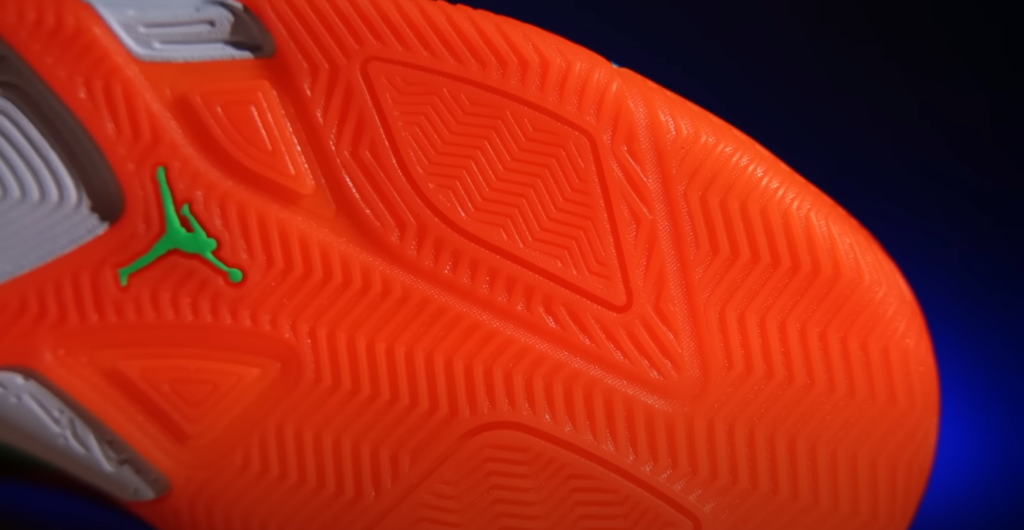
The Jordan Heir features a solid rubber outsole with a multi-zoned, herringbone traction pattern. Herringbone is one of the most reliable traction patterns on the market, and, thanks to the thick and tacky nature of the rubber, it should work well in this model too. One small area of concern lies in the two traction pods located in the forefoot of the shoe. They feature herringbone as well, but the pattern changes in these portions.
The herringbone in these areas is much flatter and thinner, which could allow it to pick up dust more quickly than the other sections of the sole and cause slipping as you play. Also, these portions won’t be as durable as the rest of the outsole. Most of it should hold up relatively well outdoors — but not those pods. And having your basketball shoes loose tread unevenly is not optimal.
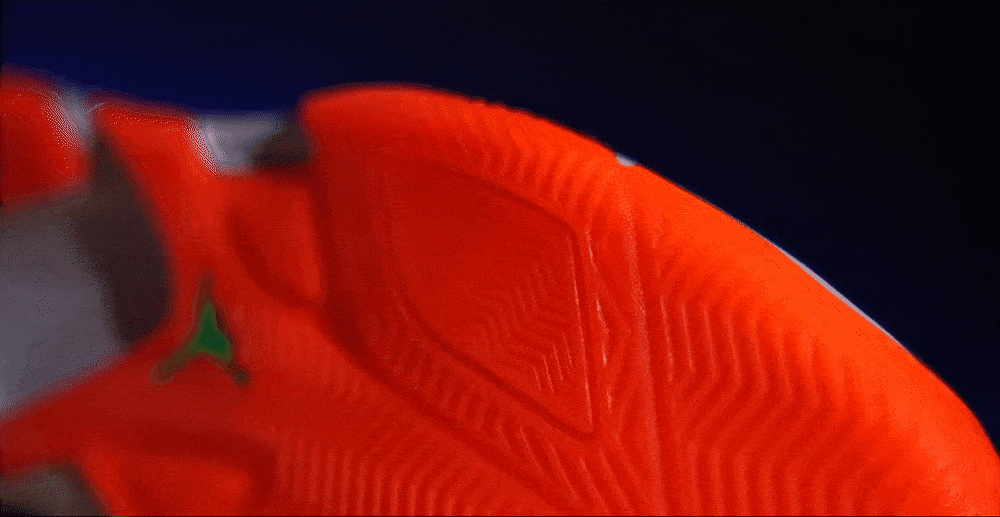
The Jordan Heir should perform well on-court in terms of traction. And if the traction pods do end up being dust magnets, they will just require wiping periodically. If you plan on using these outdoors, just be aware of the potential durability issues described.
Jordan Heir Cushion
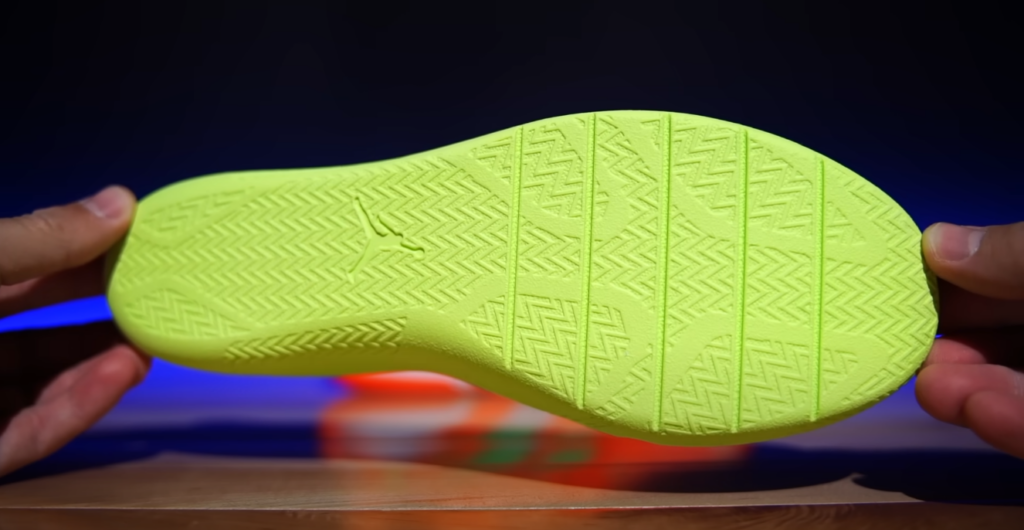
One of the most polarizing features of the Jordan Heir is its drop-in midsole. While Jordan Brand hasn’t disclosed the exact foam type (although we suspect Cushlon 3.0), the cushioning system feels moderately bouncy but thin, aligning with low-profile designs such as previous Kyrie models and the Sabrina 2. This setup is agile and zippy but doesn’t provide much as far as impact protection goes.
This is ideal for guards and players who prioritize quick footwork. However, those who require additional cushioning—such as players with larger builds or those who need extra shock absorption—might find the Jordan Heir lacking. And, as we have mentioned before, there are no other drop-in midsoles currently available that could provide that extra cushioning, which negates the benefits of using a drop-in midsole.
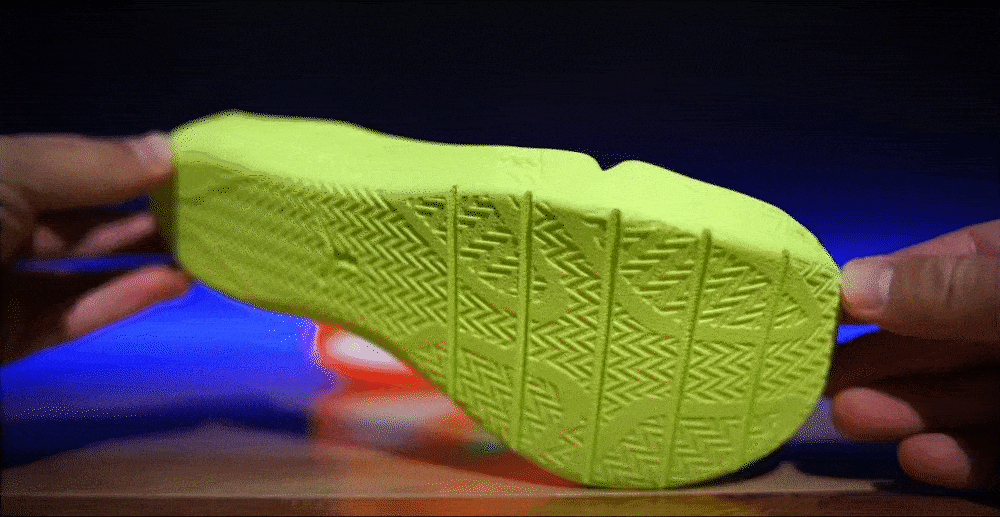
Jordan Heir Materials
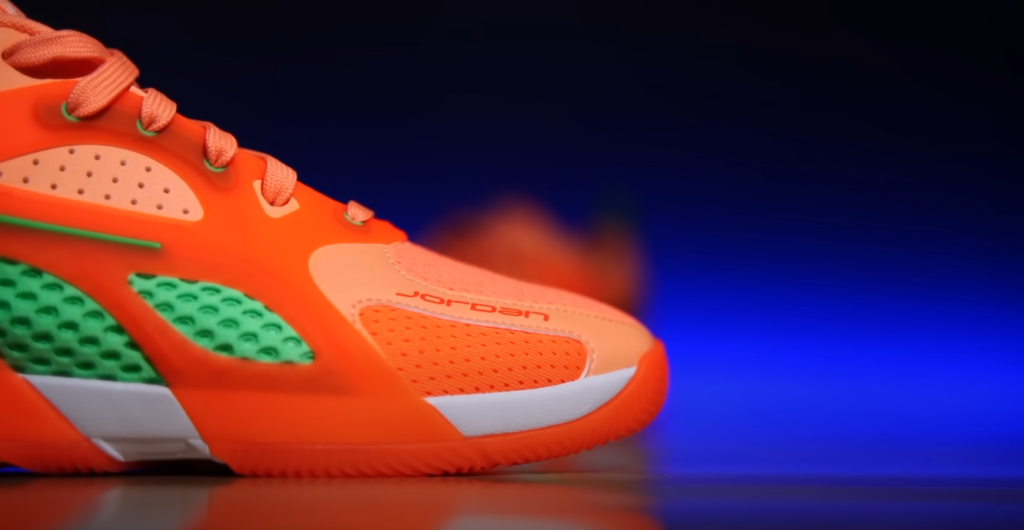
Jordan Brand opted for synthetic materials and textiles on the Jordan Heir, reinforcing the upper with a durable TPU cage. This cage not only enhances stability but also adds a unique aesthetic to the shoe. For $110 this setup is more than reasonable, and it’s clear that a decent amount of care and attention to detail went into designing this shoe.
The build of the shoe will perform very well on-court, too. The shoe is light and well-ventilated and is in no way lacking as far as lockdown goes. This is a great example of how you can make a budget basketball shoe perform well, look good, and also feel nice in-hand.
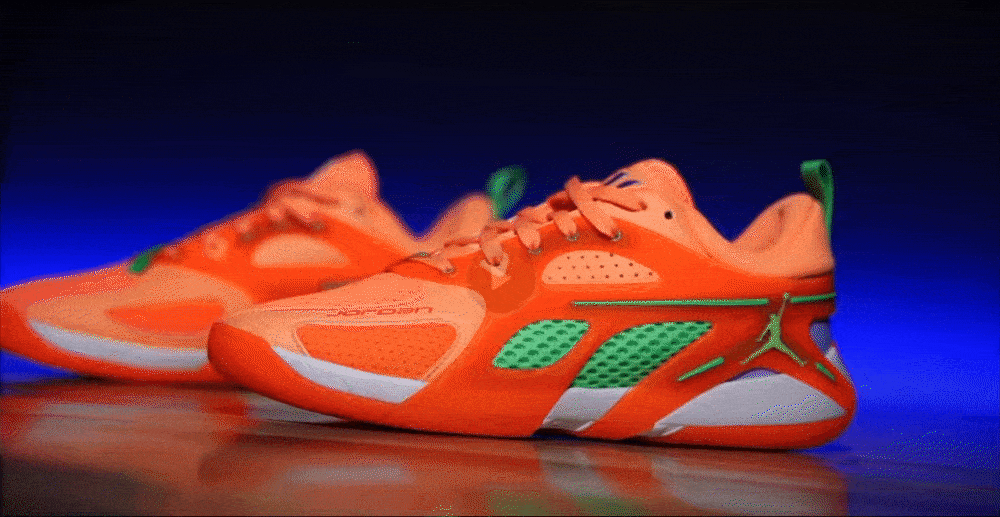
Jordan Heir Support
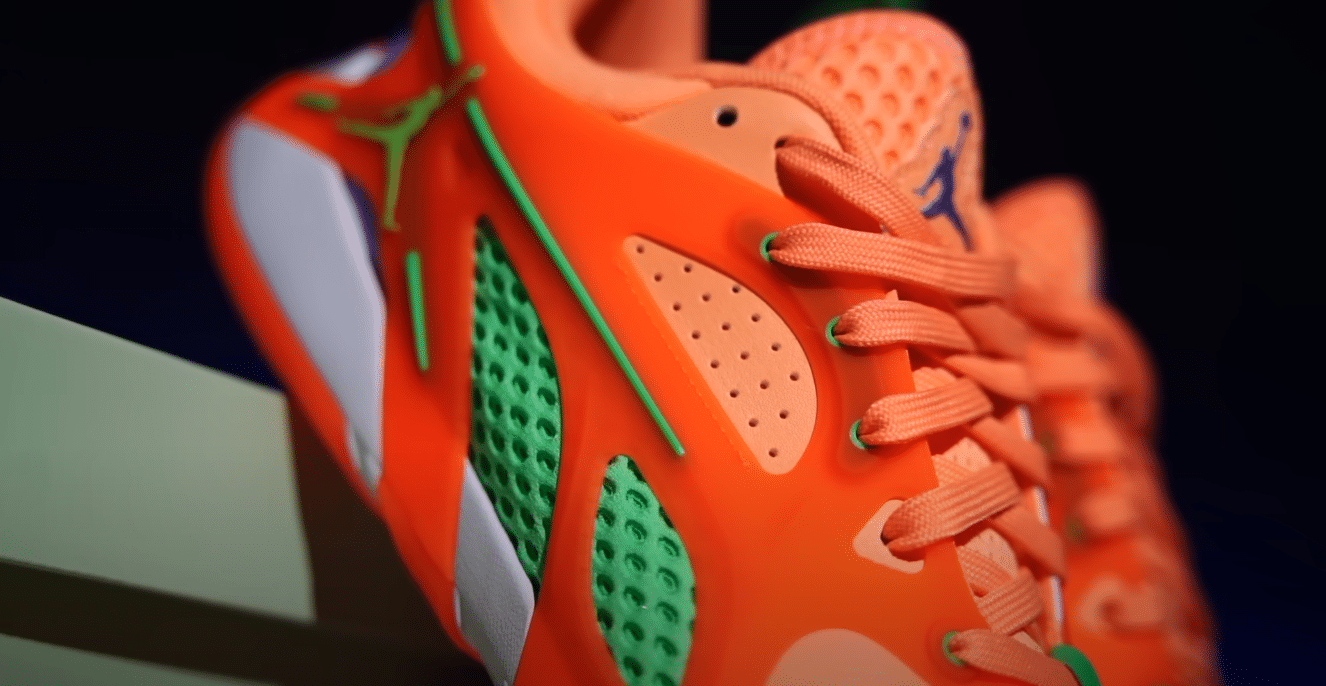
Support is on-point in the Jordan Heir. There is nothing particularly groundbreaking here as far as tech goes, but it is still a very secure-feeling shoe on foot. The base is wide and stable, with a decent amount of contact area with the court. The cushioning setup might not be very plush, but it is stable and provides tons of court feel.
The TPU cage that surrounds the shoe’s upper is integrated into the lacing system. This setup will keep your foot locked down as you play, and it also acts as the shoe’s external heel counter. Again, it’s nothing crazy, but everything works well together to keep you locked in as you move on court.
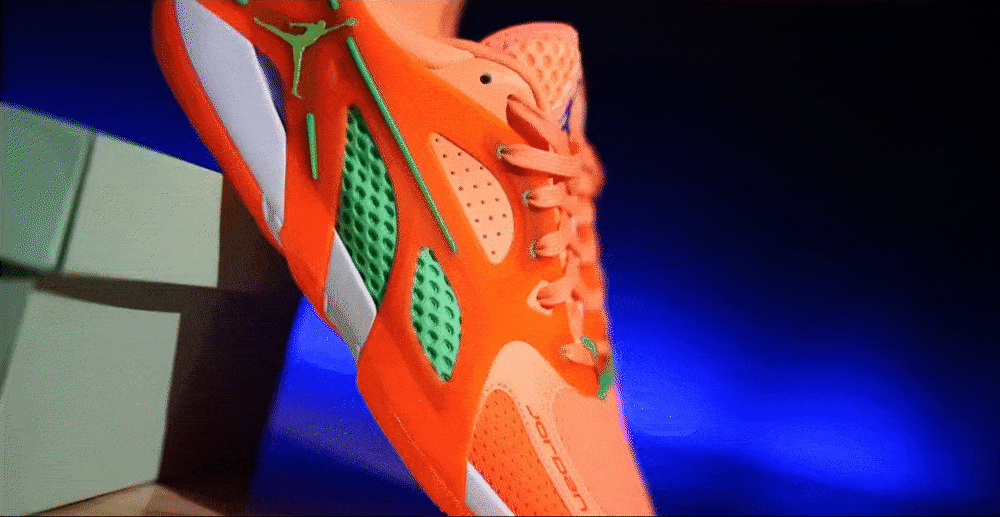
Jordan Heir Fit
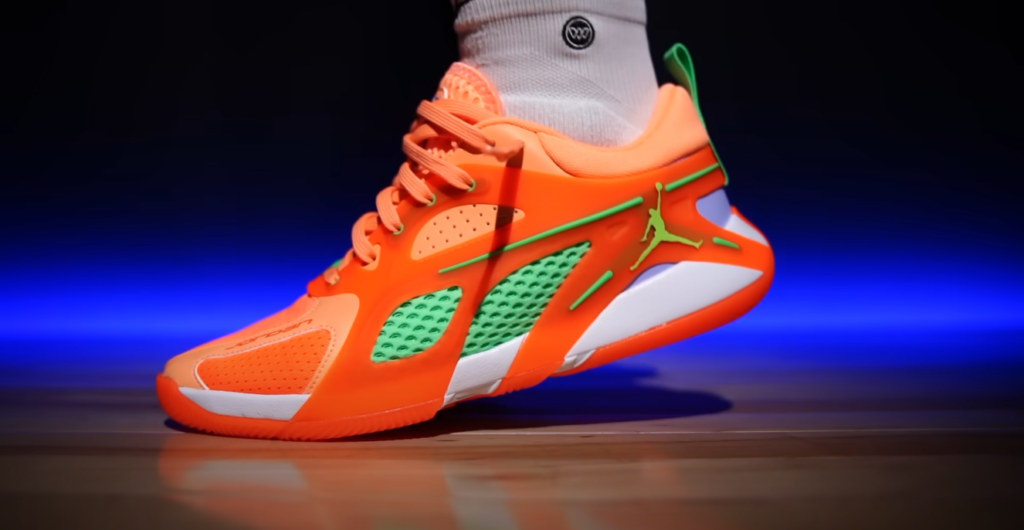
The Jordan Heir fits true-to-size but is built on Jordan Brand’s current standard last, which some players may find uncomfortable due to the very straight shape of the shoe. While this last might work for players with narrow feet, it may not accommodate those with wider feet; and some wearers have noted that it can cause discomfort.
As always, we suggest you go in-store to try these on before purchasing. But if you pick these up online, you should be good to go in your usual Nike / Jordan size.
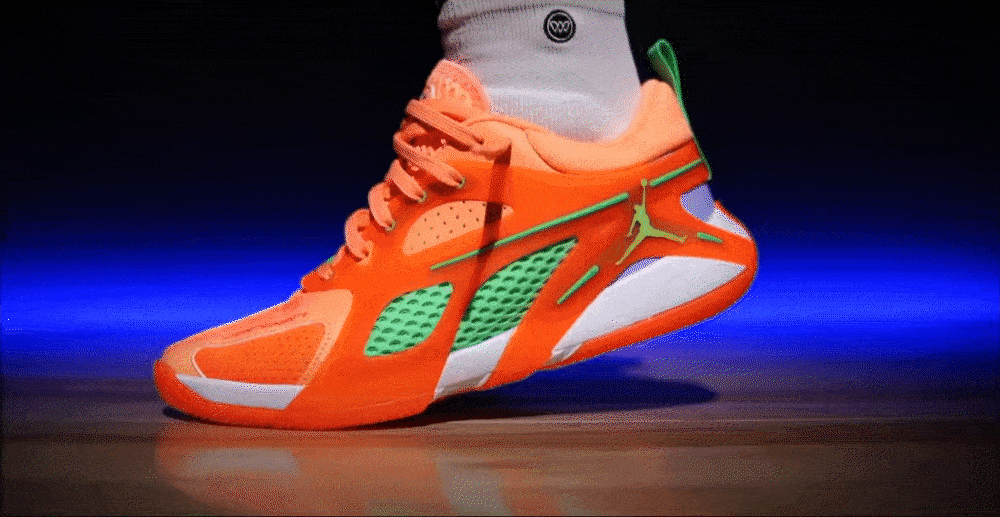
Jordan Heir Overall
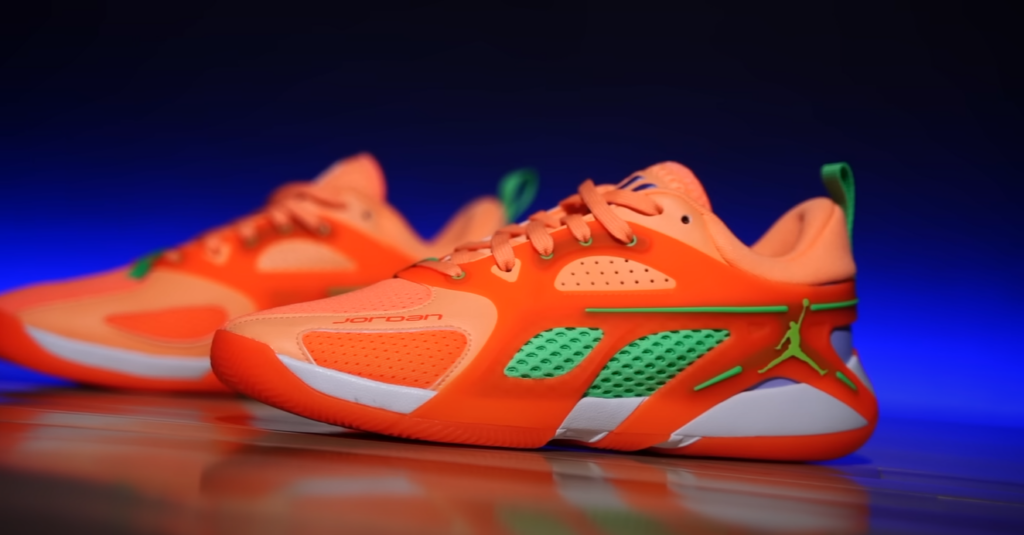
The Jordan Heir stands out as a low-profile, budget-friendly basketball shoe that prioritizes responsiveness and court feel. Its distinctive design, coupled with synthetic materials and a minimal cushioning setup, make it an appealing choice for players who want a straightforward, no-frills basketball shoe that performs on indoor courts.
This effective, no-nonsense approach makes this the best Jordan Basketball shoe to date in the 2024-25 season, which is pretty nuts. It’s a shame that there are no other drop-in options for this model. But overall, the Jordan Heir is a very solid, reasonably priced performance model.
